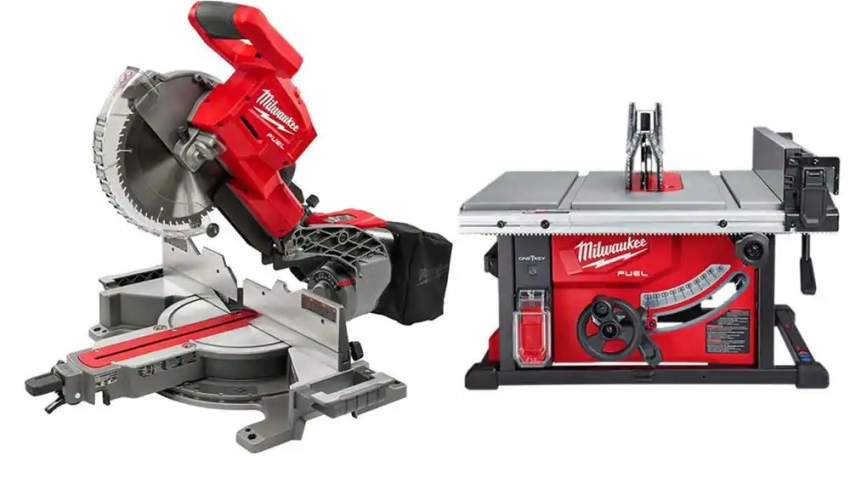
Table Saw vs. Circular Saw: Which Saw Should You Choose?
Choosing between a table saw and a circular saw can be a daunting task for both novice and seasoned woodworkers. Both tools have their strengths and weaknesses, and the best choice for you depends on your specific needs and projects. This article will delve into the key differences between these two saws, helping you make an informed decision.
Understanding the Basics
Let’s start with the fundamentals. A table saw is a stationary power tool with a circular blade mounted beneath a flat surface. Wood is fed into the blade to create cuts. On the other hand, a circular saw is a portable tool with a circular blade attached to a base. It’s held and guided by the user to make cuts.

Table Saw: The Precision Powerhouse
A table saw is renowned for its accuracy and power. It excels at making straight, precise cuts, especially when it comes to ripping wood into narrower pieces. The table and fence system provide stability, ensuring clean cuts every time.
-
Accuracy: The table saw’s fixed blade and adjustable fence make it ideal for achieving precise cuts. Whether you’re ripping down a sheet of plywood or crosscutting boards, you can rely on the table saw for consistency.
-
Power: Most table saws pack a powerful motor, allowing them to cut through thick materials with ease. This makes them suitable for handling larger woodworking projects.
-
Versatility: While primarily designed for ripping, table saws can also perform crosscuts, bevel cuts, and miter cuts with the right accessories. However, they are generally less versatile than circular saws.
-
Safety: Due to the blade’s exposure and the potential for kickback, table saws require extra caution. Proper setup, blade selection, and push sticks are essential for safe operation.

Circular Saw: The Portable Workhorse
The circular saw is a versatile tool known for its portability and ability to handle a wide range of cutting tasks. It’s perfect for on-site work or smaller projects where a table saw might be impractical.
-
Portability: As a handheld tool, the circular saw is easy to transport to different job sites. This makes it ideal for outdoor projects or working in tight spaces.
-
Versatility: Circular saws can handle rip cuts, crosscuts, bevel cuts, miter cuts, and even plunge cuts. They are incredibly adaptable to various cutting situations.
-
Speed: Circular saws are generally quicker than table saws for making rough cuts or cutting through multiple pieces of wood.
-
Accuracy: While circular saws can make accurate cuts, they typically require more skill and attention to detail compared to table saws. Using a track saw can improve accuracy significantly.
Choosing the Right Saw for You
So, which saw should you choose? The answer depends on several factors:
-
Project type: If you primarily work on large, stationary projects that require precise cuts, a table saw is likely the better option. For smaller, portable jobs or those involving various cut angles, a circular saw might be more suitable.
-
Workspace: If you have limited space, a circular saw’s portability is a significant advantage. A table saw requires a dedicated workspace.
-
Skill level: Beginners might find circular saws easier to use initially, but with practice, both saws can be mastered.
-
Budget: Table saws generally cost more than circular saws, but they also offer more features and capabilities.
Combining the Best of Both Worlds
Many woodworkers find that owning both a table saw and a circular saw provides the ultimate flexibility. A table saw can handle the majority of your precision cutting needs, while a circular saw can tackle on-site work and more challenging cuts.

Proper setup and maintenance
Proper setup and regular maintenance are crucial for ensuring the safety and longevity of your table saw and circular saw. Neglecting these aspects can lead to accidents, poor performance, and costly repairs.
Table Saw Setup and Maintenance
- Blade height and angle: Adjust the blade height to suit your workpiece thickness. Set the angle correctly for desired cuts.
- Fence alignment: Ensure the fence is square to the blade for accurate rip cuts.
- Blade alignment: Check for blade runout and replace the blade if necessary.
- Miter gauge accuracy: Verify the miter gauge is square to the blade for precise angle cuts.
- Regular cleaning: Remove sawdust and debris from the saw table, fence, and blade guard to prevent accidents and maintain accuracy.
- Blade maintenance: Keep the blade sharp for clean cuts and to reduce kickback risk.
Circular Saw Setup and Maintenance
- Blade selection: Choose the right blade for the material you’re cutting.
- Depth of cut adjustment: Set the blade depth to avoid binding and kickback.
- Base alignment: Ensure the base is square to the blade for accurate cuts.
- Blade guard: Keep the blade guard in place to protect yourself from flying debris.
- Regular cleaning: Remove sawdust from the saw base and motor vents.
- Blade maintenance: Keep the blade sharp for optimal performance and safety.
General Maintenance Tips
- Follow manufacturer’s instructions: Refer to the owner’s manual for specific maintenance guidelines.
- Regular inspections: Check for loose parts, damaged components, and worn-out parts.
- Lubrication: Apply lubricant to moving parts as recommended by the manufacturer.
- Storage: Store your saws in a dry, secure place to prevent damage.
- Professional maintenance: Consider professional maintenance for complex issues or annual checkups.
By following these guidelines, you can ensure that your table saw and circular saw operate safely and efficiently, producing high-quality results for years to come.
Eye and ear protection
Eye and ear protection are essential when working with power tools like table saws and circular saws. The high noise levels and flying debris generated by these tools can cause serious injuries if proper precautions aren’t taken.
Importance of Eye Protection
- Prevent eye injuries: Flying wood chips, sawdust, and other debris can cause scratches, abrasions, or even blindness if they enter your eyes.
- Types of eye protection: Safety glasses, goggles, or face shields are commonly used to protect your eyes. Choose the type that offers the best protection for the specific task you’re performing.
Importance of Ear Protection
- Protect hearing: Prolonged exposure to loud noise can damage your hearing.
- Types of ear protection: Earplugs and earmuffs are effective options. Earplugs are inserted into the ear canal, while earmuffs cover the entire ear.
Choosing the Right Protection
- Consider the task: The type of protection you need depends on the specific job you’re doing. For example, you might need more protection when using a circular saw than when using a table saw.
- Comfort: It’s important to choose protection that is comfortable to wear so you’ll be more likely to use it consistently.
- Fit: Ensure that your eye and ear protection fits properly to provide maximum protection.
Additional Tips
- Inspect your protection regularly: Check for damage or wear and replace it as needed.
- Clean your protection: Keep your eye and ear protection clean to prevent infections.
- Combine protection: For maximum safety, consider using both earplugs and earmuffs.
By investing in quality eye and ear protection and using it consistently, you can significantly reduce the risk of injuries while working with power tools.
Safety First
Regardless of which saw you choose, safety should always be a top priority. Wear appropriate safety gear, including eye protection, hearing protection, and dust masks. Follow the manufacturer’s instructions carefully and never rush through a cut.
In conclusion, both table saws and circular saws have their place in the woodworking world. By understanding their strengths and weaknesses, you can select the right tool for your projects and work safely and efficiently.




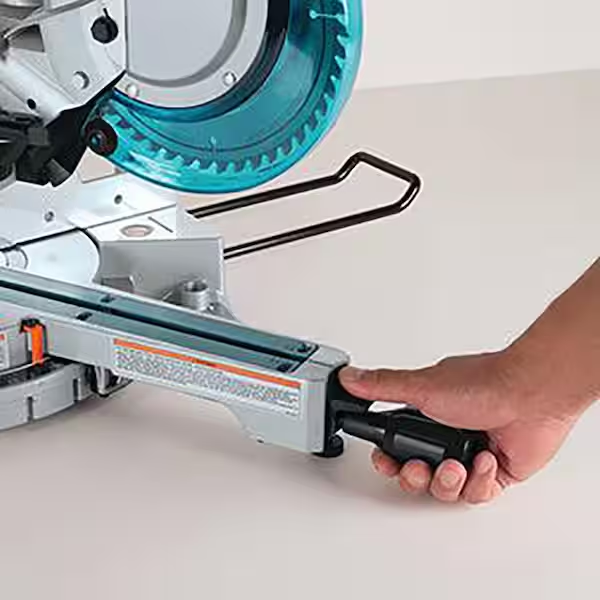
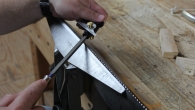
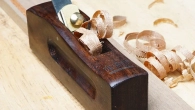
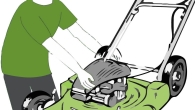

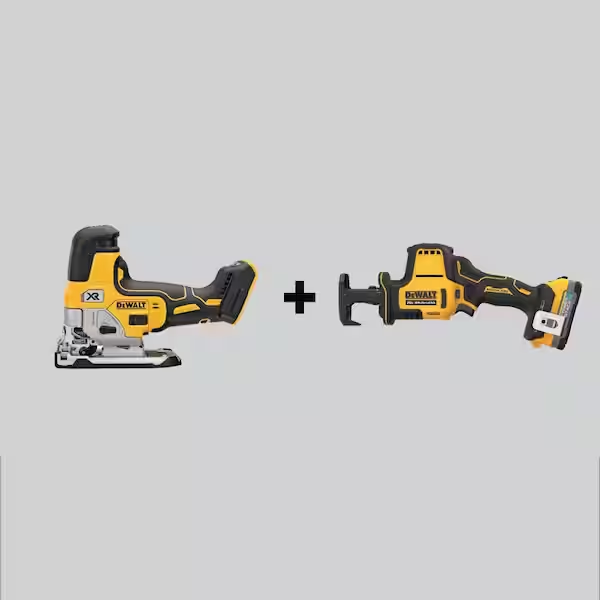

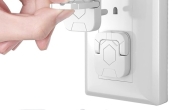
Leave a Reply